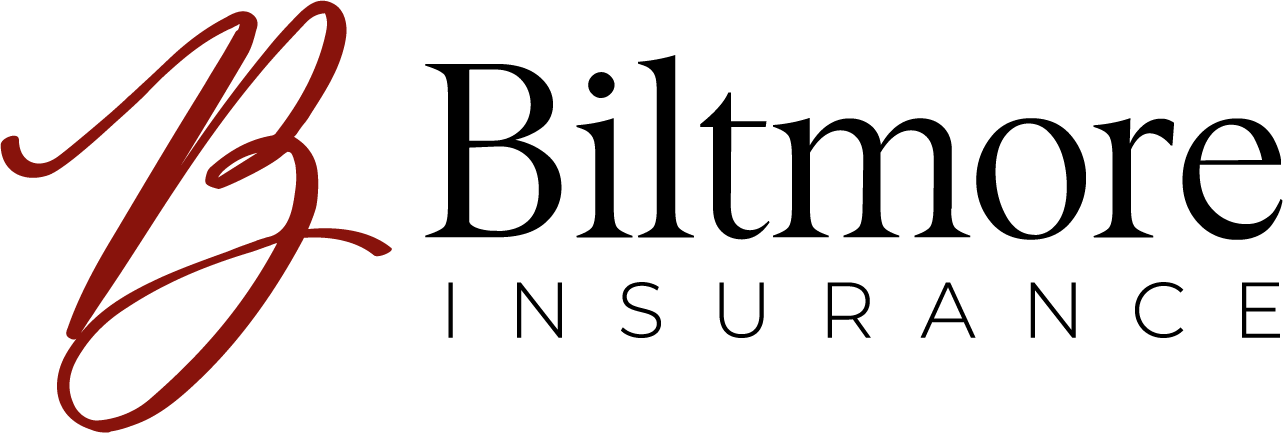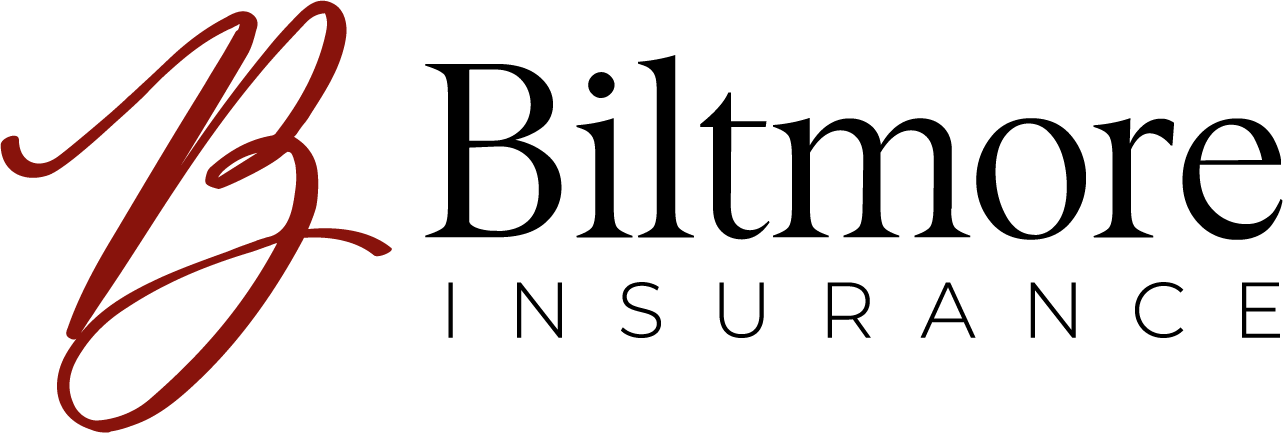Navigating the world of insurance can often feel overwhelming with the variety of policies available. However, understanding the fundamental types of insurance—auto, home, and life—can help you make informed decisions to protect yourself and your loved ones. Each type of insurance serves a unique purpose and provides specific benefits. Here, we break down the essentials of these three common insurance types.
Auto Insurance
Auto insurance is a mandatory requirement in most states, designed to protect drivers, passengers, and vehicles in the event of an accident. There are several components to auto insurance:
- Liability Coverage: This covers damages and injuries you may cause to others in an accident. It’s usually split into bodily injury liability and property damage liability.
- Collision Coverage: This pays for damage to your own vehicle resulting from a collision, regardless of fault.
- Comprehensive Coverage: This covers damage to your vehicle from non-collision events such as theft, fire, or natural disasters.
- Personal Injury Protection (PIP): This pays for medical expenses and lost wages for you and your passengers after an accident, regardless of fault.
- Uninsured/Underinsured Motorist Coverage: This protects you if you’re involved in an accident with a driver who has insufficient or no insurance.
By understanding and selecting the right auto insurance coverage, you can safeguard yourself against significant financial loss.
Home Insurance
Home insurance is crucial for homeowners, providing financial protection against various risks associated with homeownership. A standard home insurance policy typically includes:
- Dwelling Coverage: This pays for damage to your home’s structure from covered perils such as fire, windstorms, and hail.
- Other Structures Coverage: This covers damage to structures not attached to your home, like fences, garages, and sheds.
- Personal Property Coverage: This reimburses you for the loss of personal items due to theft, fire, or other covered events.
- Liability Protection: This covers legal costs if someone is injured on your property and you’re found responsible.
- Additional Living Expenses (ALE): This pays for temporary housing and living costs if your home becomes uninhabitable due to a covered event.
Home insurance not only protects your physical home but also provides peace of mind by covering personal liability and additional living expenses.
Life Insurance
Life insurance is designed to provide financial support to your beneficiaries in the event of your death. There are two primary types of life insurance:
- Term Life Insurance: This policy provides coverage for a specific period, such as 10, 20, or 30 years. It pays a death benefit to your beneficiaries if you pass away during the term. Term life insurance is generally more affordable and straightforward.
- Permanent Life Insurance: This includes whole life, universal life, and variable life insurance. These policies provide lifelong coverage and often have a cash value component that grows over time. Permanent life insurance is more expensive but offers long-term benefits and investment opportunities.
Choosing the right life insurance policy depends on your financial goals, the needs of your beneficiaries, and your budget.
Conclusion
Understanding the different types of insurance—auto, home, and life—enables you to make informed decisions about protecting yourself, your assets, and your loved ones. Each type of insurance offers unique coverage options tailored to specific risks and needs. By selecting the appropriate policies, you can ensure comprehensive protection and peace of mind, knowing that you’re prepared for life’s unexpected events.
Insurance is an essential part of financial planning, and taking the time to understand the basics will help you choose the right coverage for your situation. If you have any questions or need assistance, Biltmore Insurance Services is here to help you navigate your options and find the best policies for your needs.


